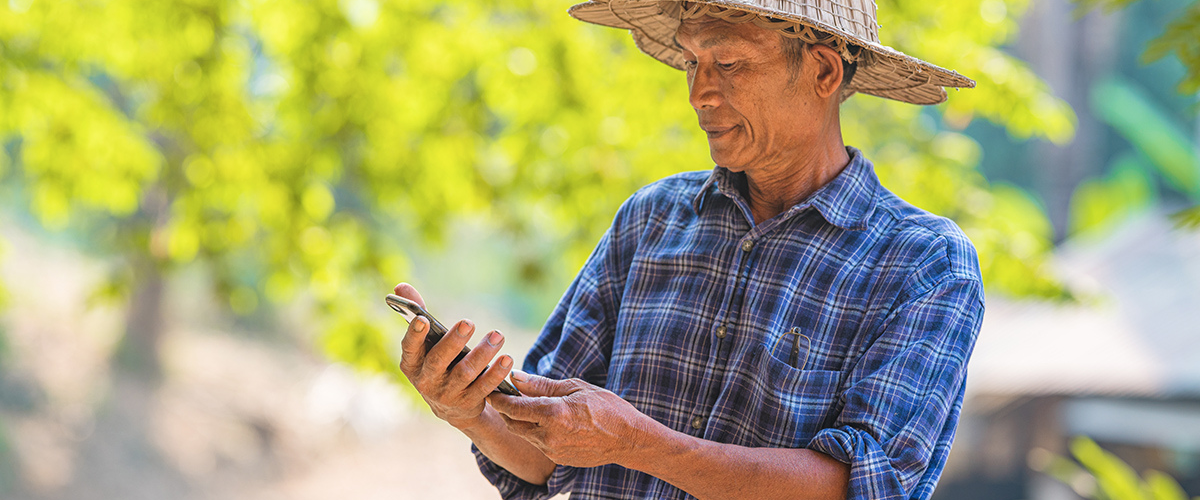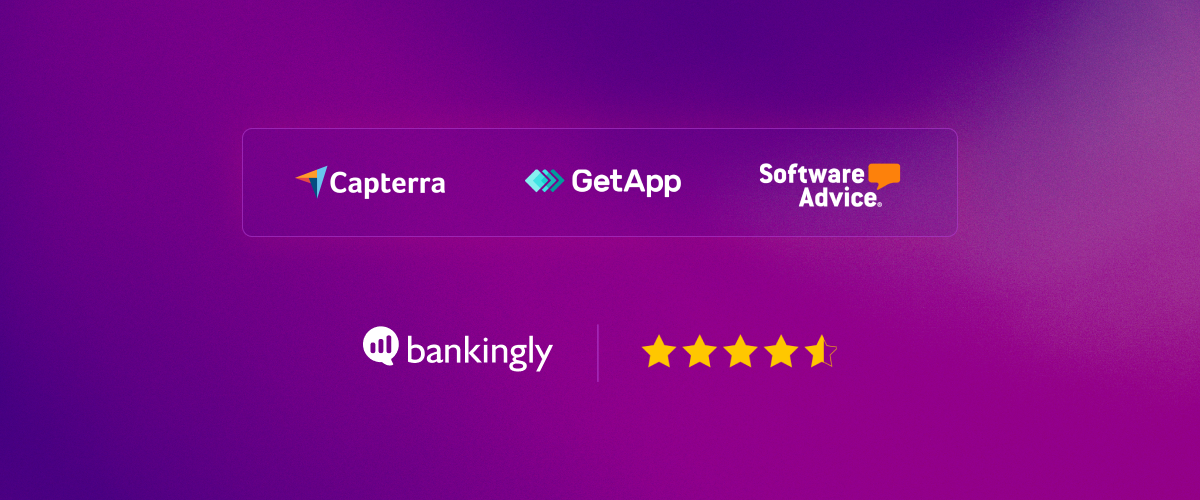
How can rural banks in the Philippines improve financial inclusion?
The Philippines is a fast-growing economy. However, there is still a significant gap between those with access to bank accounts and almost 50% of the population who are excluded.
Survey results showed that Filipino bank account ownership surged to 56% in 2021, up from 29% in 2019. This increase is the highest two-year growth since the survey began a few years ago. The expansion was spurred by the covid-19 pandemic, accelerating the use of digital payments, national ID rollout and increase in mobile phone usage.
However, almost 44 to 50% or 34.3 to 36 million Filipino adults remain unbanked as of 2022, as per the Bangko Sentral ng Pilipinas (BSP) – the Country’s central bank. Many of the unbanked live in rural and remote areas and have no access to banking services, such as savings accounts, credit cards, loans, and other forms of digital payments.
It's important to understand that, unlike other countries, the Philippines is not a single large continuous land mass. It consists of 7,641 islands. Most of its 109 million population (and banks) are spread over these islands, with about 51.2% living in urban areas. That leaves almost 50% of Filipinos living in rural areas, making it a crucial part of the economy, yet largely unbanked. To add to this, nearly 18% live in poverty. On the other hand, rural branches reduced to 476,000 units in 2018 from an all-time high of 1,040,000 units in 1981.
This creates a vast imbalance impeding the country's growth. Hence enhancing financial inclusion for rural areas, underserved and remote locations is a critical objective for Filipino banks.
Digital banking solutions from Bankingly can rapidly bridge this gap by making financial services more accessible.
The Benefits
More minor regional rural banks, microfinance institutions, and cooperatives can offer numerous consumer and business benefits with digital banking. It eliminates the need for physical visits to banks or ATMs, which can be time-consuming and inconvenient for many customers. Additionally, digital banking services are typically more cost-effective than traditional methods since they require fewer personnel and other overheads, such as real estate rental or travel expenses associated with visiting brick-and-mortar locations.
It also improves security and fraud prevention since it often uses encryption technology to protect customer data. Finally, it gives customers greater access, allowing them to easily manage their finances from anywhere at any time using their mobile devices.
How Can Digital Banking Improve Financial Inclusion?
Digital banking can offer services that are more accessible to underserved populations, such as rural areas. Additionally, it can provide essential education tools that help with budgeting, saving, investing, getting loans, etc., which can help individuals make better decisions about their finances and prevent them from falling into debt traps or becoming victims of informal lending practices, which can be exploitative.
Furthermore, digital banking can offer low-cost remittance services that enable customers to send/receive money back home quickly, securely, and cost-effectively—which is especially important for migrant workers overseas or in cities who often lack access to traditional remittance services due to high fees or limited availability of agents in certain countries/regions.
The Challenges Ahead
Many rural areas lack adequate digital infrastructure to support traditional banking. Without this, it can be difficult for people living in these remote locations to access banking services.
Bankingly offers efficient solutions that enable local, rural banks in the Philippines to make a quick transition to the digital world. One standout aspect is the pay-per-active-user pricing model, providing flexibility and cost-effectiveness. These solutions seamlessly integrate with existing banking systems, minimizing disruptions and accelerating implementation. The best part is that banks can embrace digital technology without significant upfront costs, making the transition smooth and promoting financial inclusion throughout the country.
With digital banking, distance limitations, or costs to open a branch in rural areas are eliminated. To do such mobile phones could be the best tool as they are becoming more ubiquitous in emerging markets like the Philippines, providing much-needed access to digital banking services. For example, banks can use mobile apps or SMS or USSD if rural customers don't have smartphones to provide customers with secure access, allowing them to check balances and transfer funds without visiting a branch office. By providing people access to digital banking services, companies can reduce costs associated with running physical branch locations so Filipinos, in any village or smaller towns, can access all the benefits anytime.
Another challenge is the limited availability of financial products tailored to rural customers. So banks must develop new products designed for their target market. Digital solutions make it easier to personalize products at scale based on their income levels and credit scores (or lack of it), localize interface and languages (including Tagalog) and disburse micro-loans. For example, microloans could be offered at lower interest rates than traditional loans so that more people can benefit from them. Additionally, banks should consider offering debit cards with no monthly fees so that customers don't have any extra costs associated with using their bank account.
Finally, there's the issue of trust and awareness. Customers in rural areas may be wary of engaging with a bank because they don't trust the institution or are used to cash and traditional methods. Banks must find innovative ways to bridge the gap and build relationships with customers by creating personalized and localized marketing campaigns and developing tailored products that demonstrate how they can help improve their lives through improved financial literacy programs. Bankingly makes it easy for SME financial institutions with tools to improve their outreach using emails, SMS, social media, and notifications. This increased transparency and awareness fosters trust between banks and their customers, leading to greater economic growth. When banks create a safe environment where customers feel comfortable discussing their finances without fear of judgment or exploitation, adoption increases.
By leveraging mobile technology, financial institutions can provide citizens access to their accounts while reducing overhead costs of branch offices.
Conclusion
Rural banks in the Philippines can be transformed without the need of physicals branches with digital banking solutions. This can be achieved easily by partnering with Bankingly. It improves financial inclusion and can make a real difference to millions of Filipinos, empowering the society and economy as a whole.
Interested in transforming your financial institution with digital banking solutions? Contact us today to learn more.
 Back
Backto top



